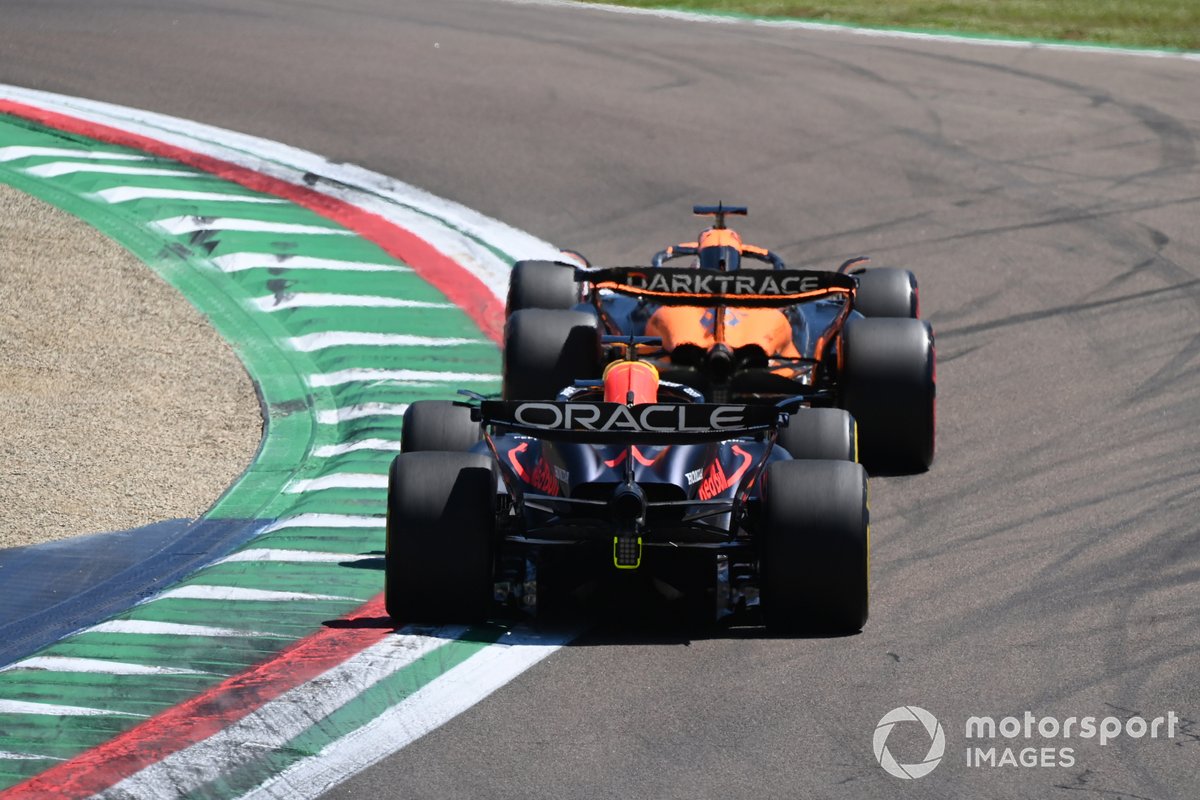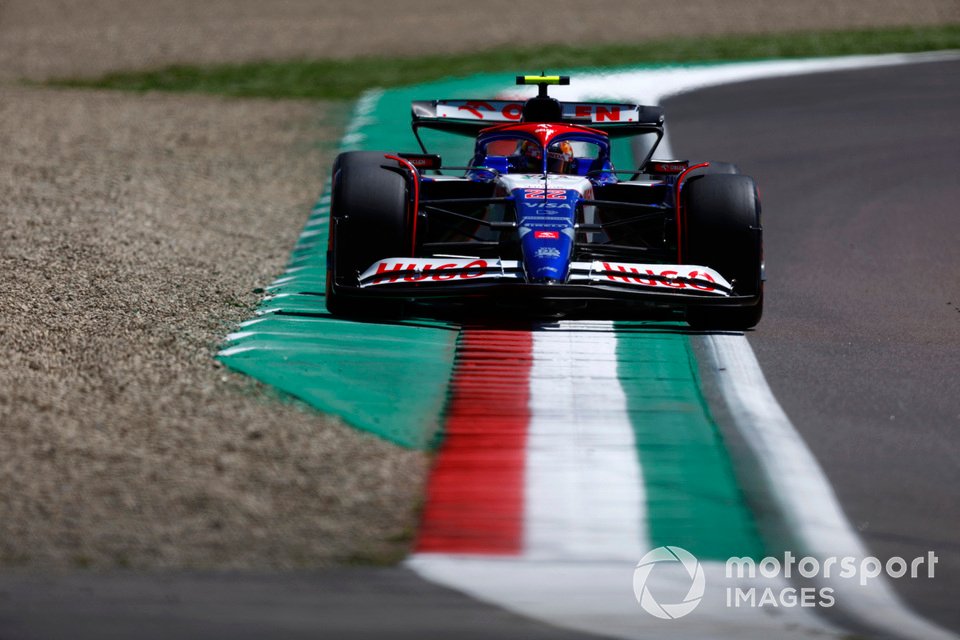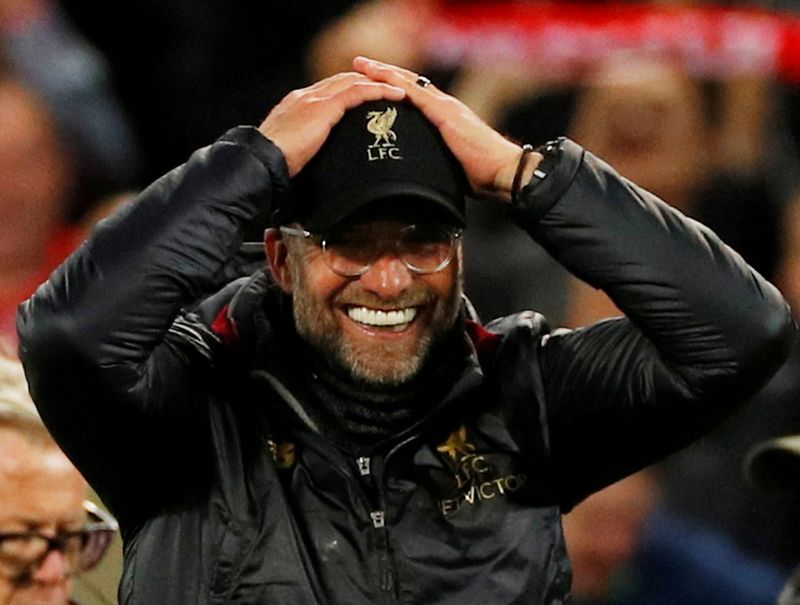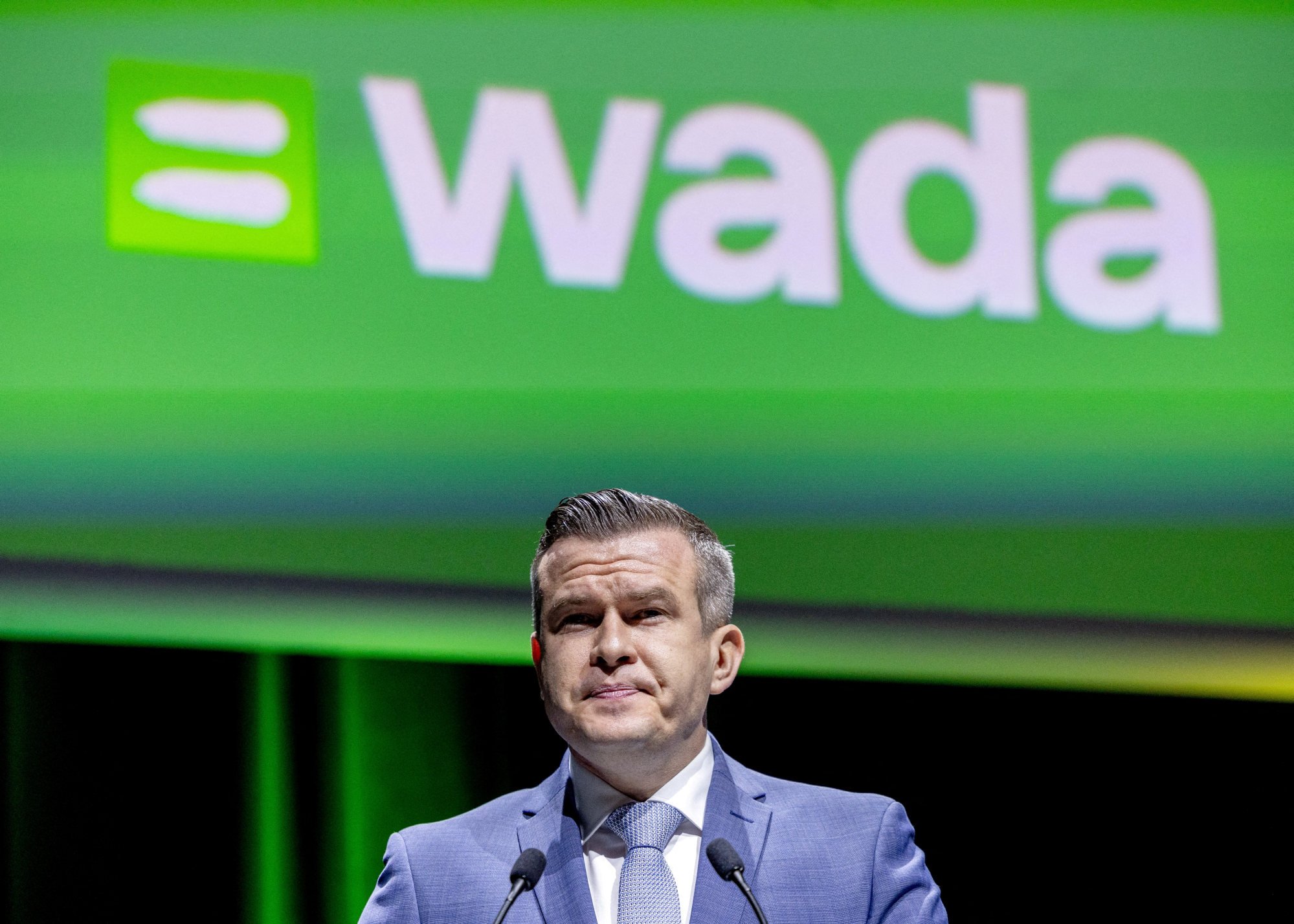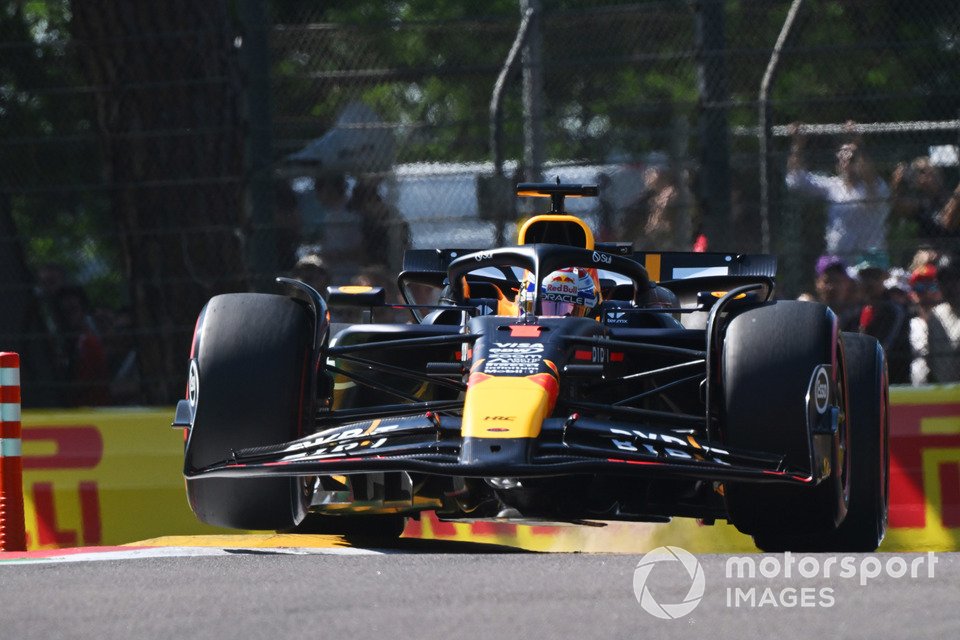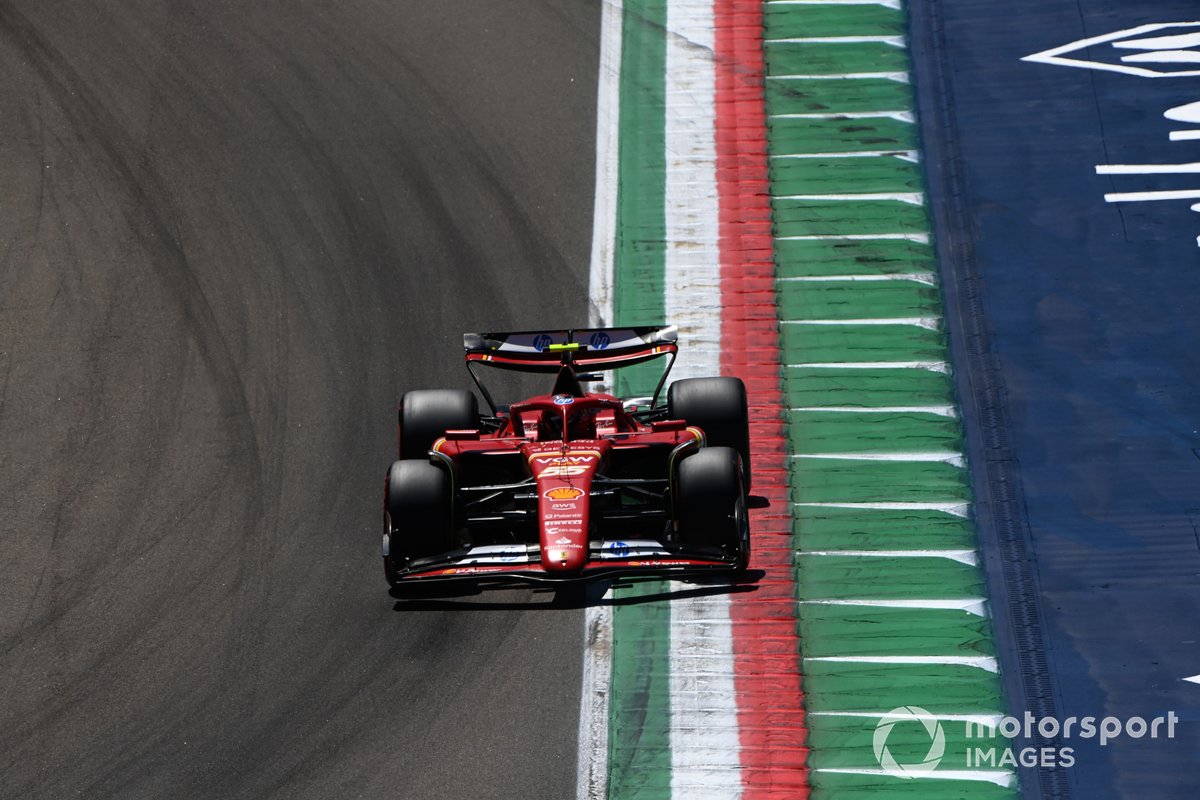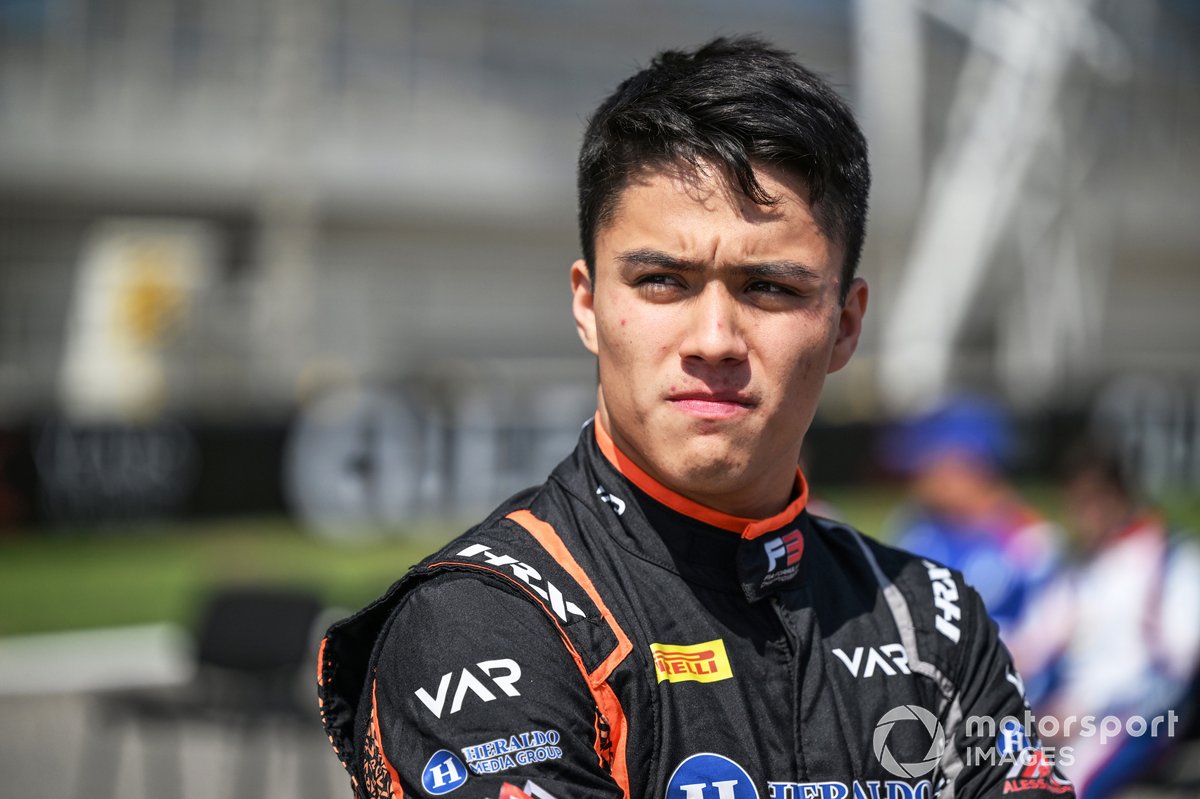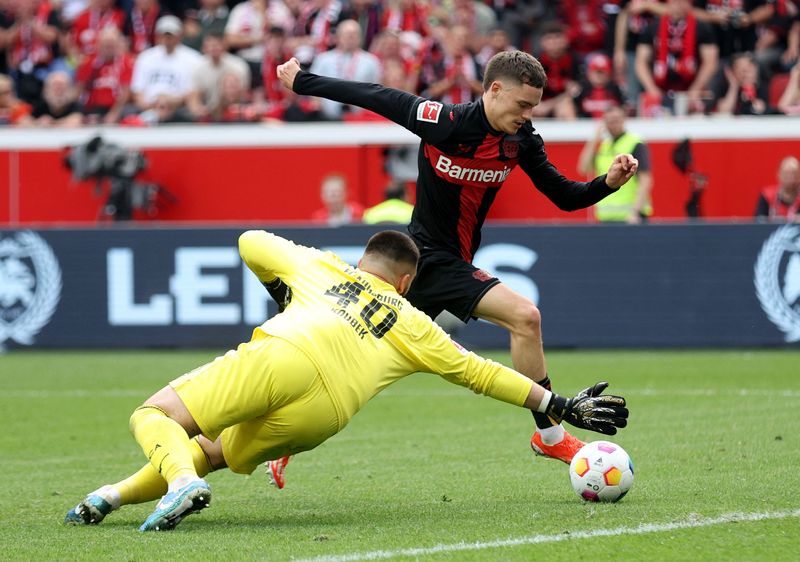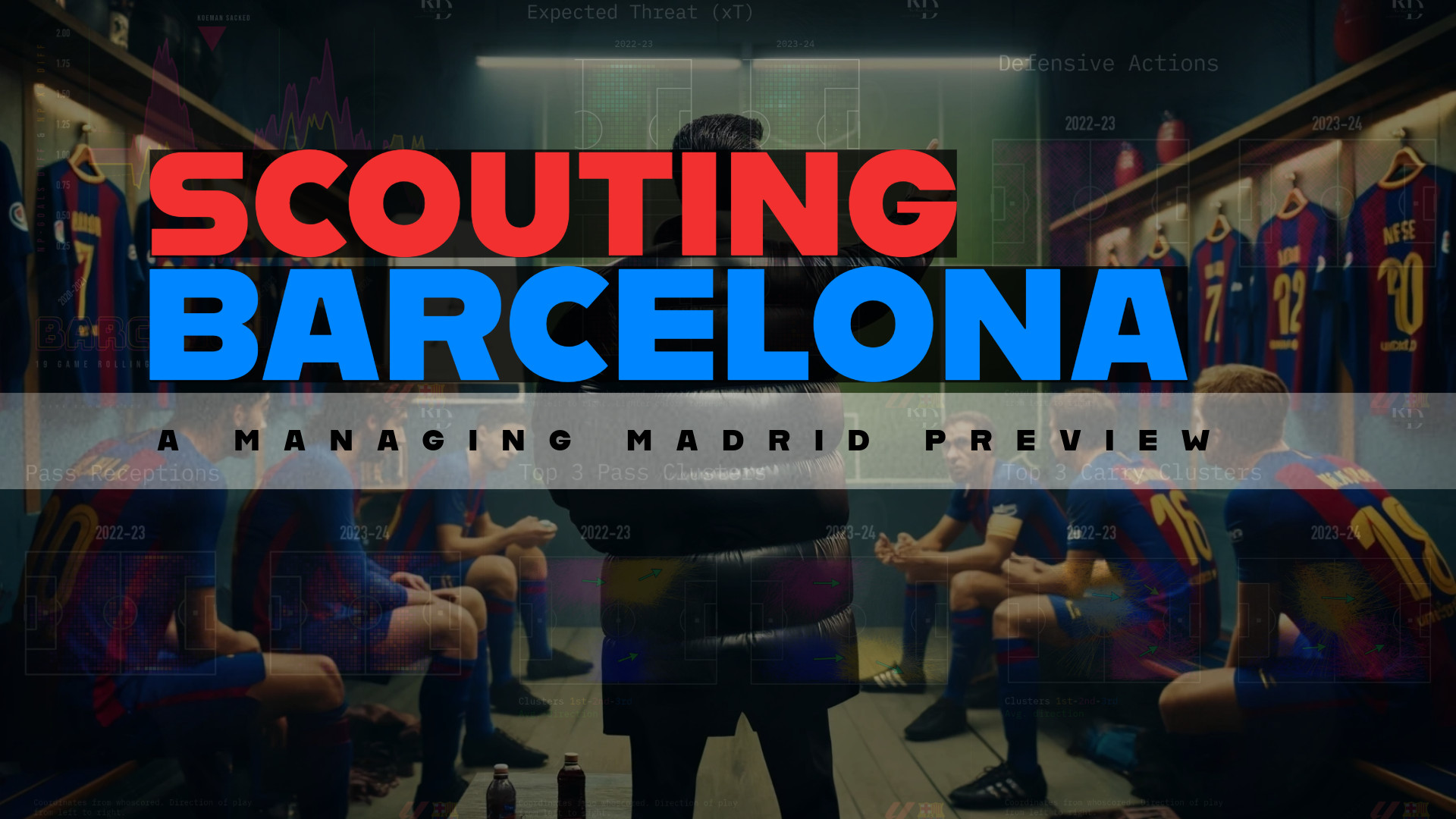
SCOUTING BARCELONA: REAL MADRID’S TRADITIONAL RIVAL
Real Madrid have barely any time to rest after knocking their newly found European rivals, Manchester City, out of the Champions League before facing their eternal rivals, Barcelona, this weekend. The Catalan club will come to Madrid trailing Los Blancos by eight points with seven matchdays remaining. The two teams arrive at the Clásico in contrasting forms and morale, after Barcelona crashed out of the Champions League quarterfinals, while Real Madrid advanced to the semifinals following two thrilling matches against the English champions.
xG Differentials
Barcelona’s non-penalty goal difference is currently far from its peaks under Ronald Koeman in 2020-21 and under Xavi in 2022-23. Their non-penalty xG (expected goals) difference is lower than at their peak last season, but not to the drastic extent of the period when Koeman was sacked.
Robert Lewandowski reached his peak in terms of non-penalty goals and non-penalty expected goals (npxG) during his first few weeks at Barcelona. This season, his non-penalty goals dipped to an all-time low at one point; however, he has regained some form in recent weeks.
Expected Threat (xT)
Barcelona’s creation of expected threat (xT) follows a pattern: they prefer attacking from the flanks rather than directly from the center. This pattern held true both last season and this season. As for conceding threats, their opponents primarily attacked from the right last season. This season, Barcelona’s opponents are creating threats from both wings.
Defensive Actions
Within the mid-third, Barcelona distributed their defensive actions fairly uniformly last season. In the 2023-24 season, the defensive actions appear to be more concentrated on the right side of their half.
Receptions and Ball Progression
Last season, there was a greater contrast in the density of pass receptions between central and wider areas. The inclusion of a mobile midfielder like Ilkay Gundogan means that Barcelona is now receiving more passes in the central areas of the opponent’s half. However, the continuity of players such as Lamine Yamal and Raphinha has also enabled them to maintain their flow through the wings.
In terms of progressing the ball with passes, Barcelona’s top two clusters were on the left side last season, facilitated by more minutes from Alejandro Balde and Gavi. This season, the first and third clusters are on the right.
There is a slight shift in the order of clusters for carries, but the pattern is similar. Last season, two clusters were on the left; this season, two are on the right — understandably, Lamine Yamal is once again a key contributor to this.
